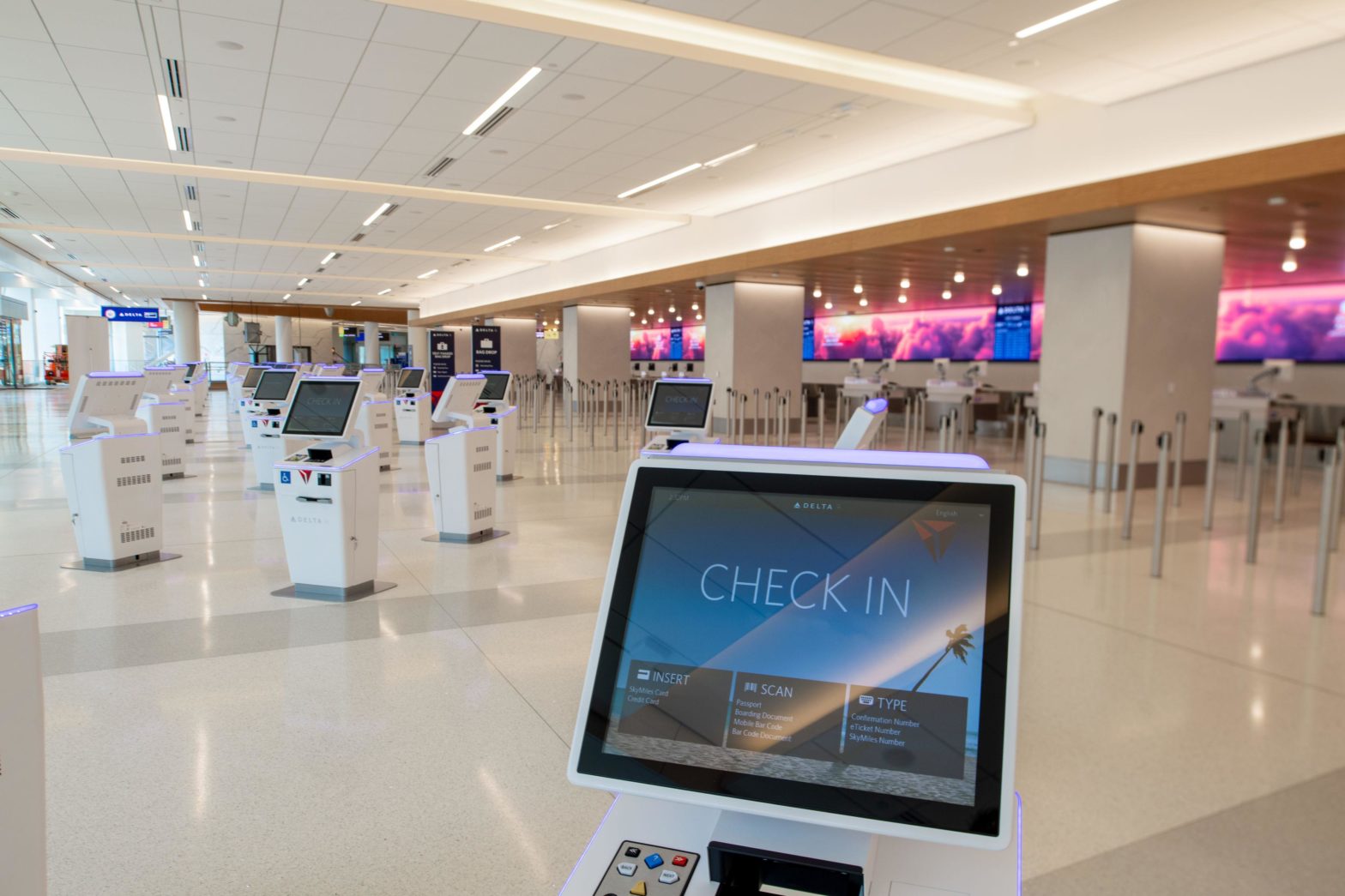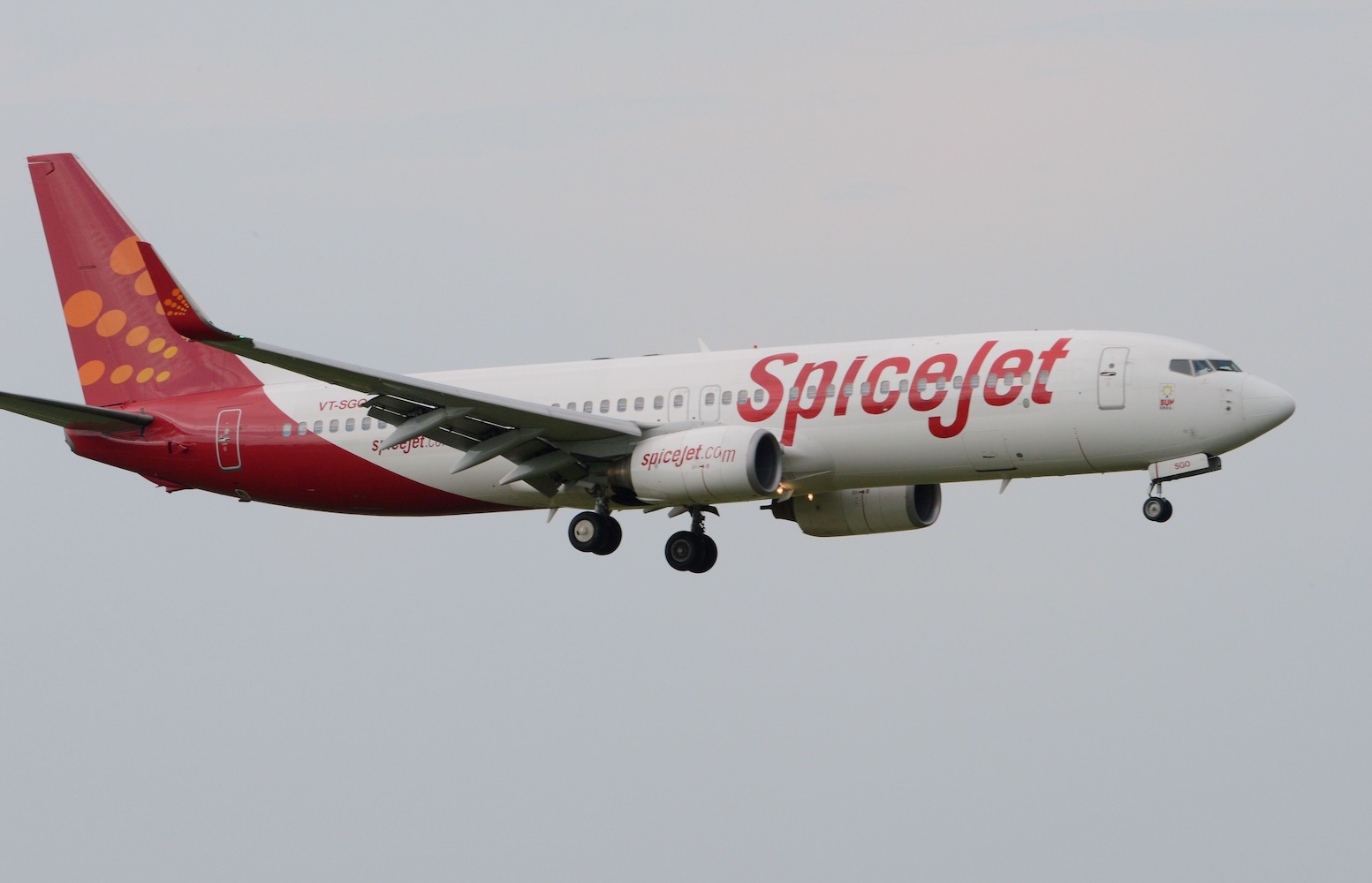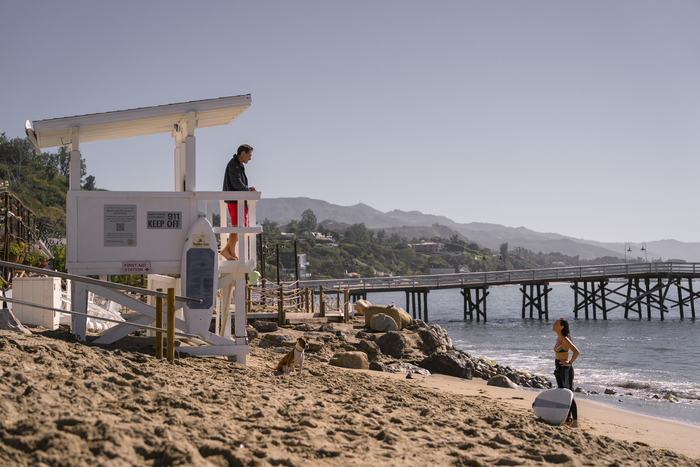Most people are aware that traveling exposes us to many of the dirtiest, germiest places. Given the number of people utilizing airports and airplanes, it’s no surprise surfaces are touched by many hands. They often end up infected with various illness-causing bacteria and viruses.
The bad & the ugly -
Despite now having a heightened awareness of germs post-COVID and observing enhanced hygiene habits, it can be fairly easy to pick up a bug during transit.
As reported by Business Insider, microbiologists have pinpointed six areas of airports and aircraft where the most germs can be found. Keep your sanitizer and disinfecting wipes on deck, for you will surely be needing them.
Self check-in kiosks
It’s definitely a convenience to be able to skip the long line and check in using a self-service kiosk. However, these stations are loaded with germs.
“There are a ton of pathogens all over those screens,” said Microbiologist Shaun Veran. “While they may save you time, these kiosks have over 1,000 times more germs than a toilet seat, which makes them incredibly unsanitary.”
According to research by Insurance Quotes, the average self-check-in screen has 253,857 colony-forming units (CFU), as opposed to the roughly 172 CFU found on toilet seats.
Airport security bins
TSA security bins not only pass through hundreds of thousands of hands but they are also used to hold items and bags that come in contact with various dirty surfaces, including floors and sidewalks.
In fact, a study found respiratory viruses on 50% of security trays, according to Veran.
“You may want to think twice before tossing your phone or keys onto the bare tray. Instead, store those items inside your bags to minimize the number of touchpoints that occur between the tray and your personal items,” he said.
Airplane trays
Used for holding food, laptops, and other items, airplane trays see lots of usage. And despite airlines’ claims about the thorough cleaning of aircraft, the fact remains that tray tops are typically not cleaned or disinfected between flights.
Charles Gerba, a health-environmental microbiologist, and professor of environmental microbiology worked on a private study during which norovirus, influenza, and MRSA were found on aircraft trays.
Escalator handrails
Somewhere during your travels, you’re bound to encounter at least one escalator. When doing so, it’s a good idea to avoid grabbing the handrails, if possible, since they are touched by many hands every few seconds. If you do end up touching one, be sure to wash or sanitize your hands right after.
Gerba conducted a lab test on handrails in which he found traces of urine, saliva, blood, and feces. Aside from just being plain gross, all of these bodily fluids can contain infectious microorganisms that can lead to various illnesses.
Public and aircraft restrooms
Most people exercise caution when using public restrooms and for good reason. They tend to be breeding grounds for various different bacteria and viruses.
According to Gerba, adenoviruses, known for causing diarrhea, respiratory infections, and eye infections, were the most common virus type found in public bathrooms. They were discovered in around 70% of public restrooms.
Gerba added that restrooms have also been linked to outbreaks of hepatitis A virus, MRSA skin infections, and shigella bacterial diarrhea. He recommends not only washing your hands after using public bathrooms but also using hand sanitizer afterward, too.
Drinking fountains
While Dr. Michael May, medical director of the Wimpole Clinic, says public water fountains can be breeding grounds for bacteria and germs, he also says you don’t necessarily have to avoid using them.
“These water fountains are generally safe to drink from, however, the surfaces around the fountain are what you want to avoid touching, since that’s where people before you could have sneezed, coughed, or even spit, leading to viruses,” he said
Related: Viral TikTok Flight Attendant Reveals The Dirtiest Surface On Planes





